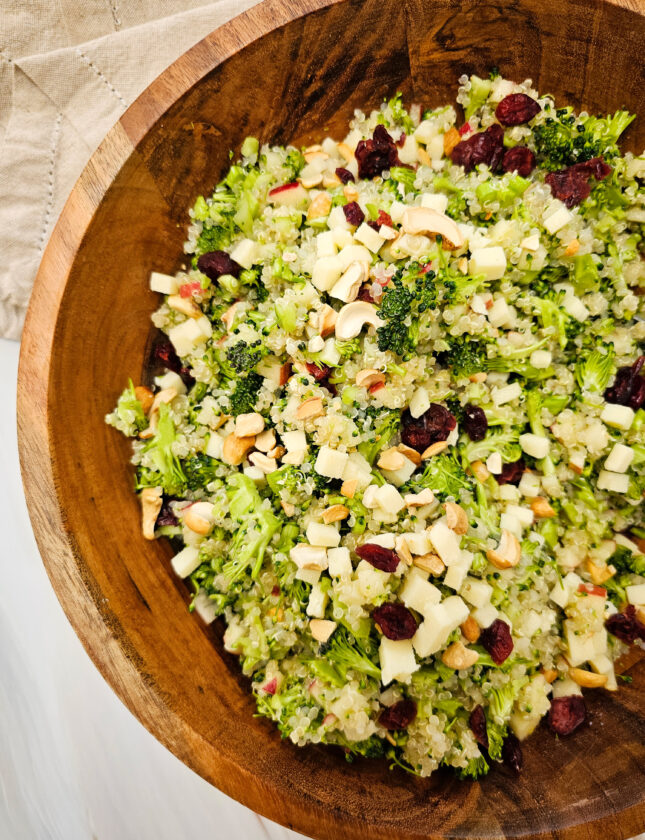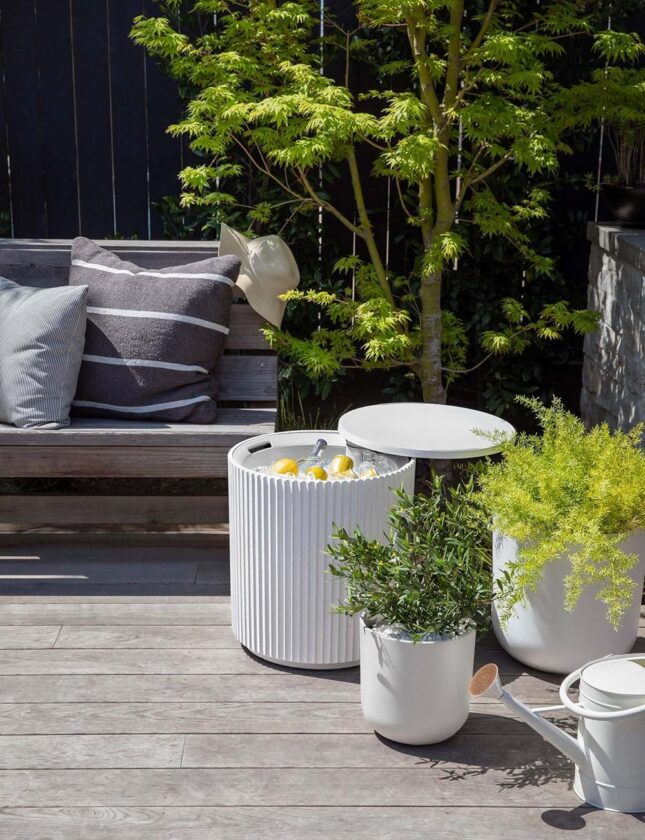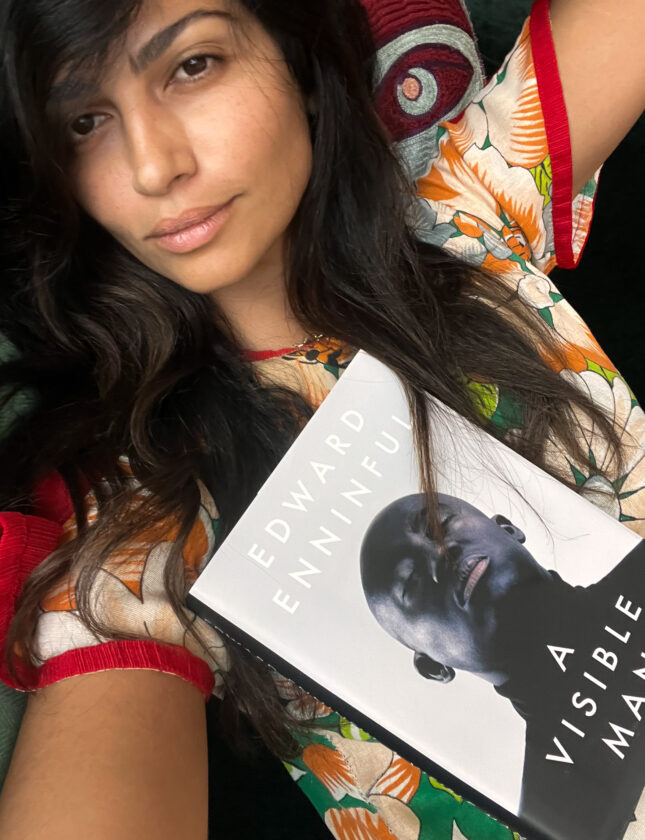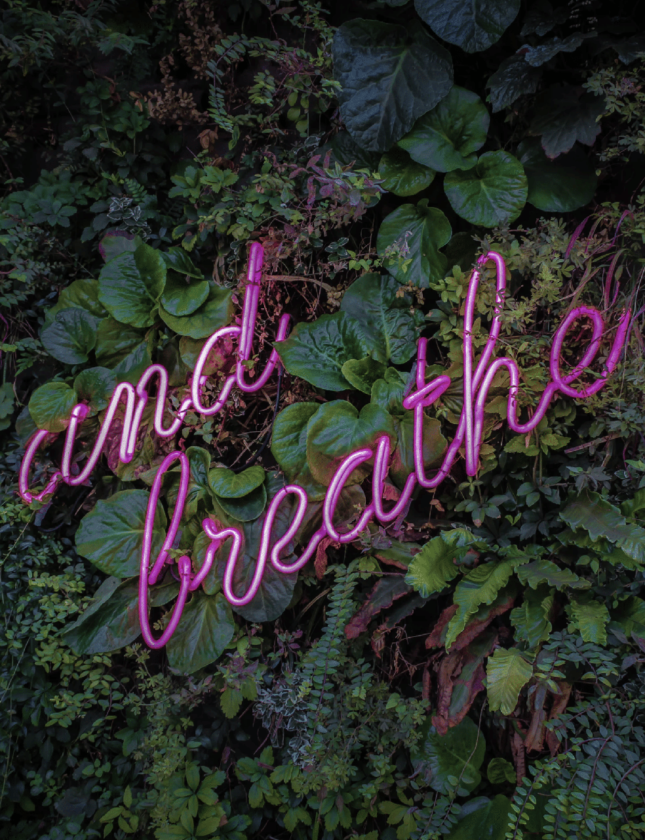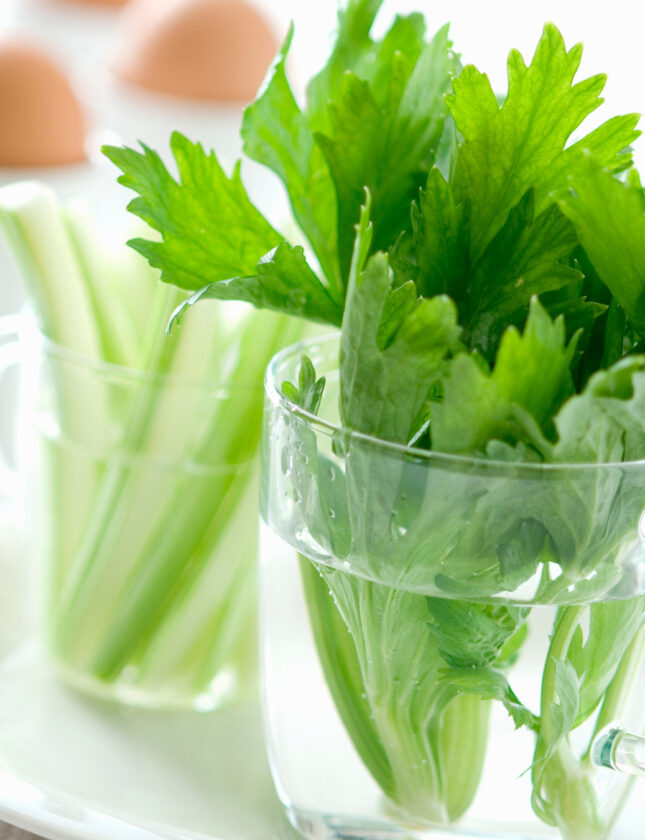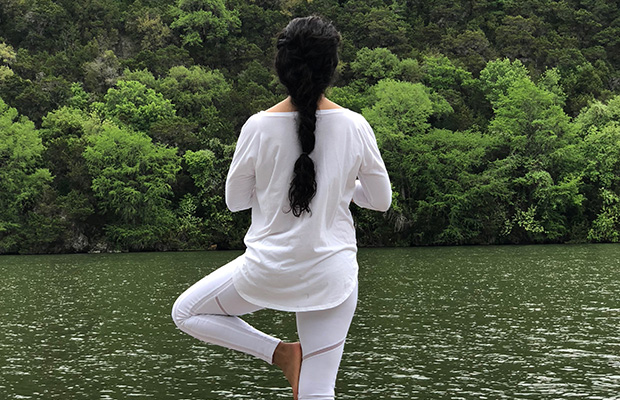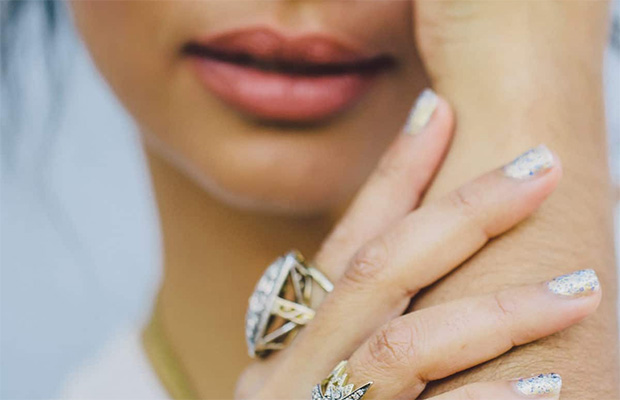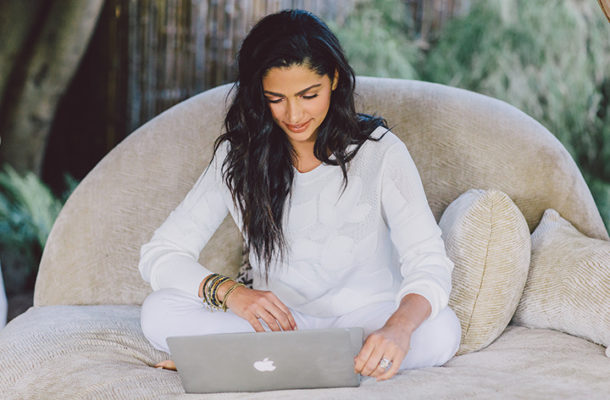Just breathe
Over the past few weeks, we have been talking a lot about breathing and the practice of breathing during our live sessions on Instagram with Margie. So many of you have shared with us how doing the breathwork has helped you soothe anxiety during this stressful time of self-isolation.
So, we decided to do a quick write-up on breathing techniques so you can learn more and also share with loved ones! Camila always says:
I use this breath technique throughout my day whenever I have small breaks. There is no need to focus on only doing it during meditation and yoga — You can use this technique throughout your day or even in bed before going to sleep!
Ujjayi breath is the one we have been using the most these days, otherwise known as “Victorious Breath” or “Ocean Breath”, which is one such technique. Ujjayi breath began as an ancient technique used, unlike other breathwork practices, during yoga to achieve a deeper sense of calm that typical shallow breathing would not allow for.
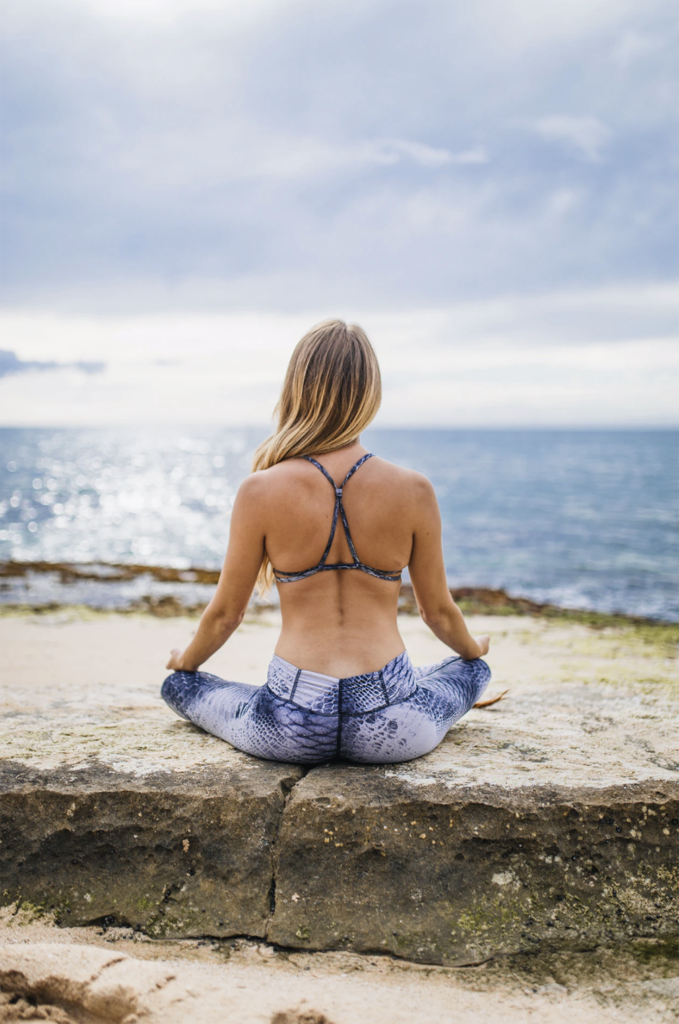
By inhaling and exhaling through the nose while creating space in the back of the throat, this method is said to promote focus and self-awareness, increase heat and oxygen flow through the body, and create a sense of calm. It is also said to release tension from the body, encouraging a deeper, more relaxed yoga practice.
The Chopra Center created a list of scenarios in which to use Ujjayi breath, including when you’re agitated, practicing hatha yoga, engaging in aerobic exercise, or when you’re feeling anxious or nervous. According to this source, some Olympic athletes have incorporated Ujjayi breath into their sport to enhance the function of their respiratory systems, making it a perfect fit for an at-home workout as well!
Yoga Sutra states that, “…the breath should be both dirga (long) and suksma (smooth). The sound of ujjayi is created by gently constricting the opening of the throat to create some resistance to the passage of air.” When inhaling through the nose, ensure that it’s a deep inhale, and once you have reached the top of the breath, exhale slowly, constricting the throat muscles for an audible breath out through the nose.
While Ujjayi breath is often done in tandem with yoga, it can also be used as an individual practice to reach a meditative state and aid in coping with anxiety. During a time of quarantine, this is a wonderful stress management skill to have.
Yoga Journal recommends beginners practice this breathing pattern in a seated position in order to get a sense of the feeling of the breath before incorporating it into an active yoga session. They write, “Once you find a baseline Ujjayi breath in a pose that is not too strenuous, for example, Downward-Facing Dog, endeavor to maintain that quality of breath throughout the practice. Some asanas require great effort, and you may begin to strain in your breath.”
Yoga with Adriene has a full-length video on the practice of Ujjayi breath. The video shows the best way to perform the technique and how it should sound when done correctly.
The technique has also been known by the name “Darth Vader Breath” for the sound of exhaling through the nose with an open throat.
With the world in its current state of uncertainty, anxiety is likely at an all-time high for many Women of Today readers.
While there is a multitude of avenues that can be pursued to relieve this stress, Ujjayi breath incorporated with any practice of yoga or meditation can have wonderful effects on the state of your mind and body. So even after we leave our home quarantines and life has returned to a new normal, having a solid arsenal of coping mechanisms for stress can lead to a happier and healthier life. Breathing practice is just the tip of the iceberg.
